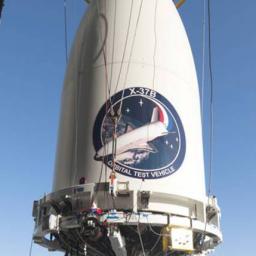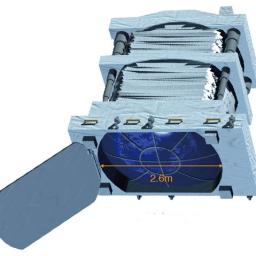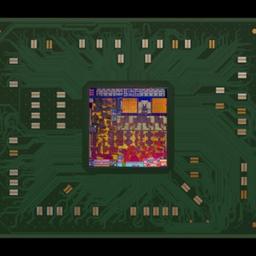Washington breaks ground on its first animal overpass
 This week will mark a first for Washington, as the state breaks ground in construction for their inaugural animal overpass. Interstate 90 in the Northwest cuts through the forests and mountains of the region, having long proved dangerous and fatal for wildlife. Now, the Department of Transportation will begin building a 150 foot-long structure freeway overpass designed specifically for all animals to endure safe passage, set to open in 2019.
This week will mark a first for Washington, as the state breaks ground in construction for their inaugural animal overpass. Interstate 90 in the Northwest cuts through the forests and mountains of the region, having long proved dangerous and fatal for wildlife. Now, the Department of Transportation will begin building a 150 foot-long structure freeway overpass designed specifically for all animals to endure safe passage, set to open in 2019.While this is the first overpass, four underpasses are already open, and cameras have documented the transit of deer, coyotes, and otters, among others. It is presumed that all animals will look to the overpass, including black bears, cougars, and elk - though perhaps not at the same time. Two more overpasses are in the plans and perhaps more if there is enough money. Such structures have proven successful elsewhere, as more than 20,000 crossings a year from 30 species has been documented in Montana. Banff National Park in Canada has an extensive working of animal crossings, as seen above.





